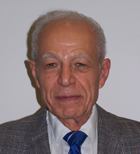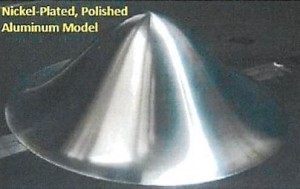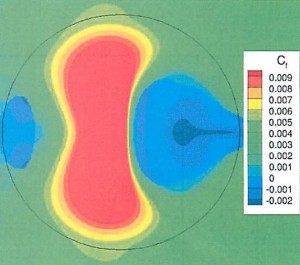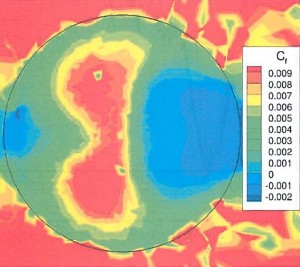Main

Dr. Hassan has seen a lot of change since arriving at NC State. In 1962 the total student enrollment at NC State was about 7,500 and today it is about 36,000. The different programs in diesel engineering, aeronautical engineering, and mechanical engineering were combined and the Department of Mechanical and Aerospace Engineering was formed. In 1964, the Bachelor of Science in Aerospace Engineering was created and Dr. Hassan was the central figure in aerospace research. Dr. Hassan spent every summer at NASA Langley Research Center together with an entourage of students working on research problems side by side with NASA researchers. He continued this practice for more than 30 years until the early 1990s – playing a critical role in the development of NASA’s in-house computational fluid dynamics codes with the special focus on predicting transition and separation – the features of aerodynamic flow that continue to challenge engineers today. He was the major adviser to thirty four doctoral students, authored more than two hundred publications, and has been recognized with numerous research awards including the Alcoa Foundation Distinguished Engineering Research Award, 1987, the Alumni Distinguished Graduate Professor, 1991, the NASA Public Service Medal, 1992, the R. J. Reynolds Co. Award for Excellence in Teaching, Research, and Extension, 1993, the AIAA Thermophysics Award, 1999, and the Alexander Holladay Medal For Excellence, 2004 – the highest honor bestowed on a faculty member by the NC State trustees.
Dr. Hassan led the aerospace faculty in developing a national reputation in aerospace research that is second to none. He was among a distinguished group of faculty who formed the program’s CFD center and later the Mars Mission Research Center – the largest research center in the University of North Carolina System at that time. The center trained our next generation of aerospace researchers and engineers.
In phased- retirement, Dr. Hassan plans to teach one course and continue to focus on his research.




